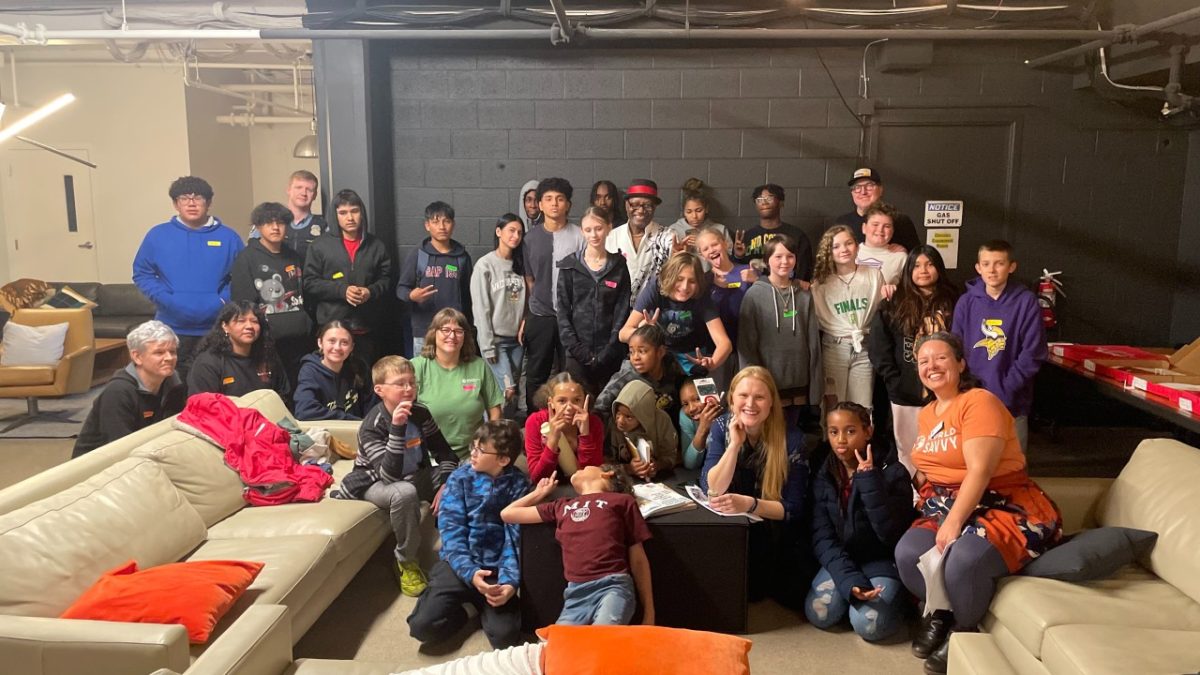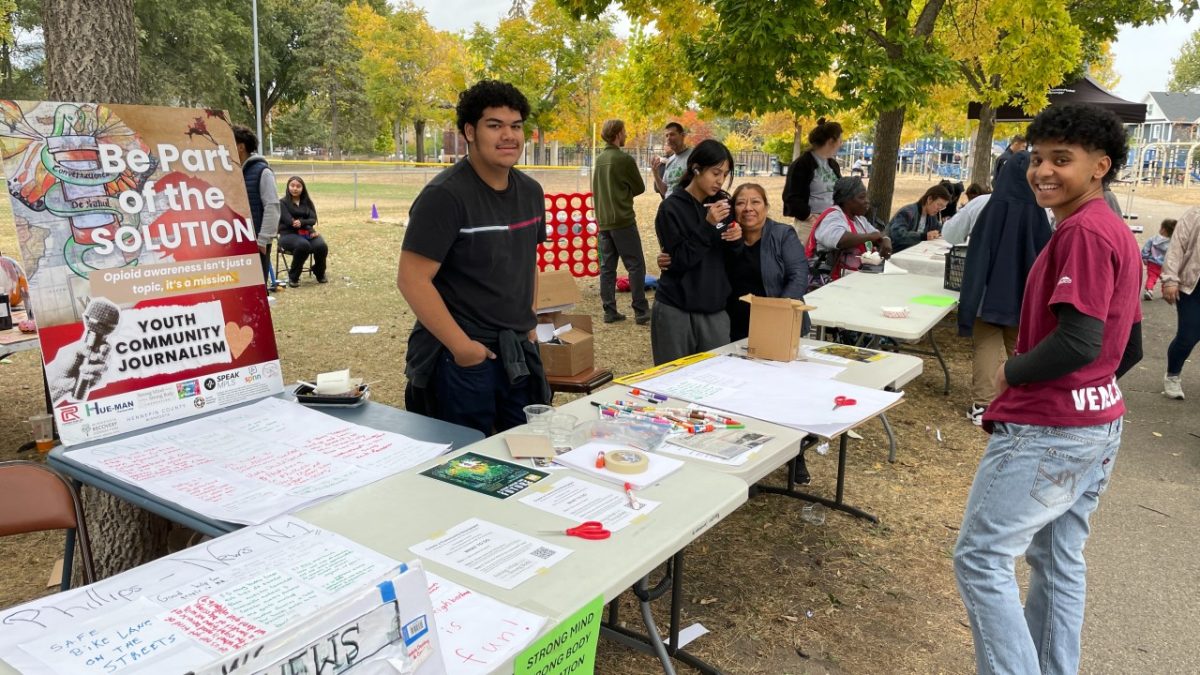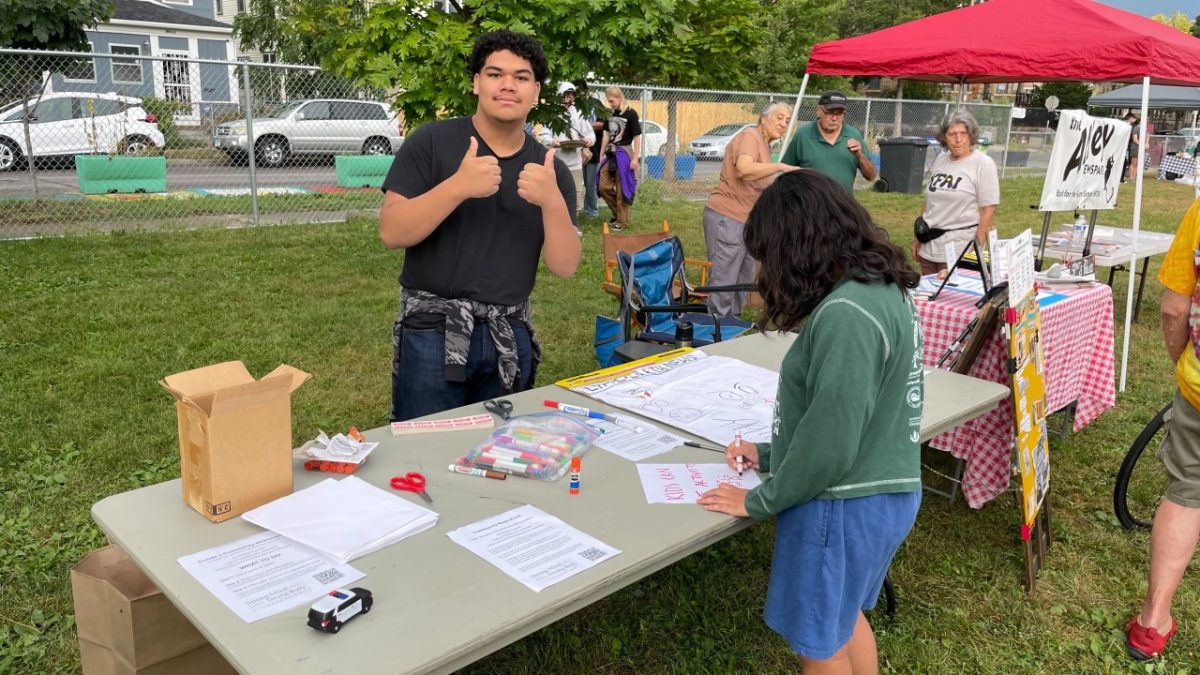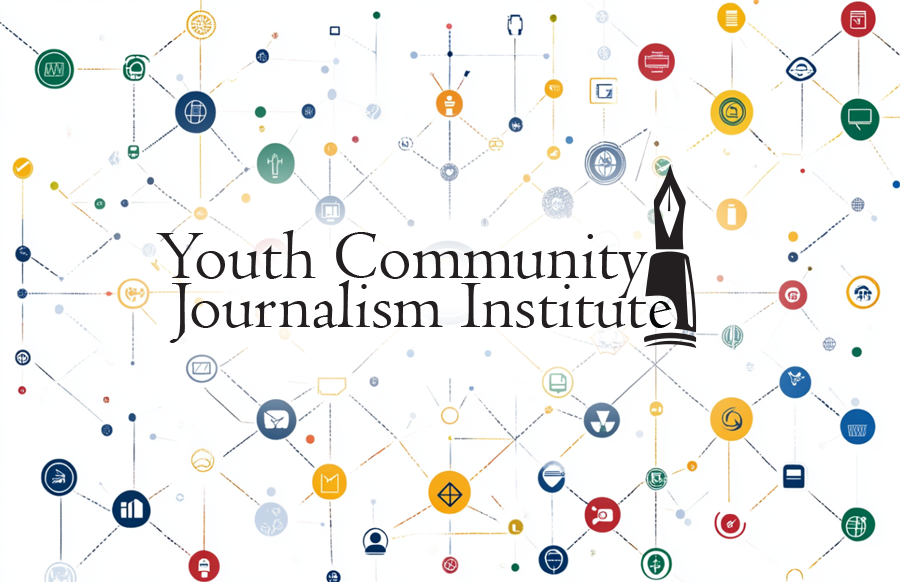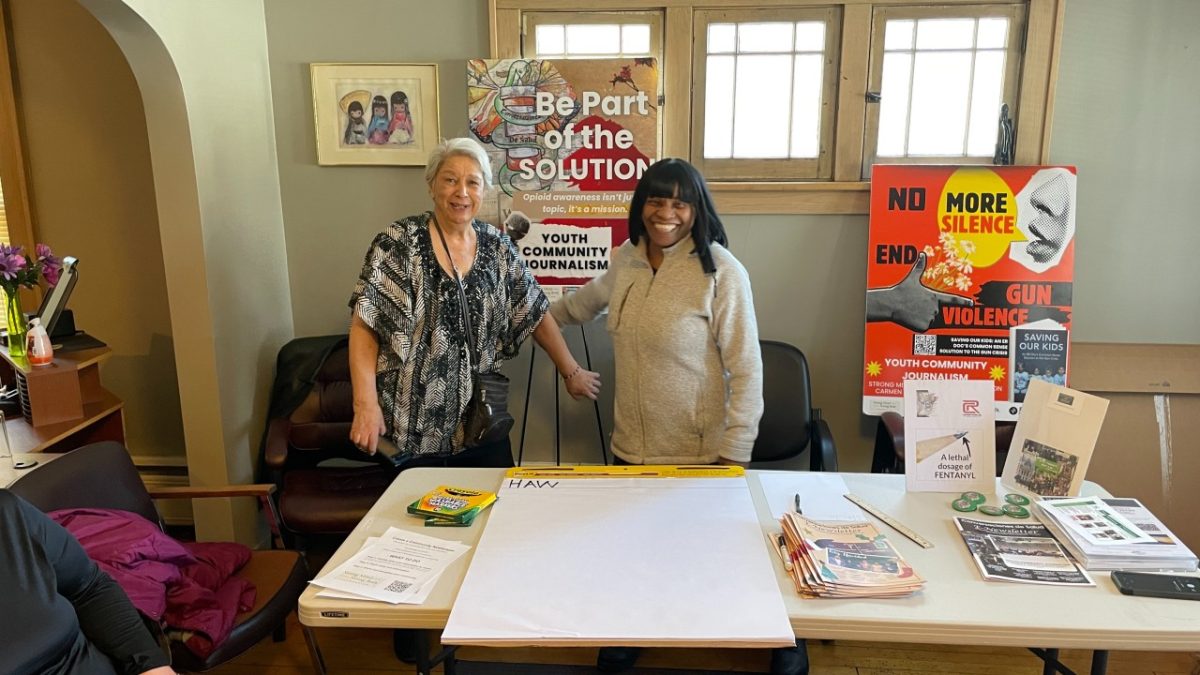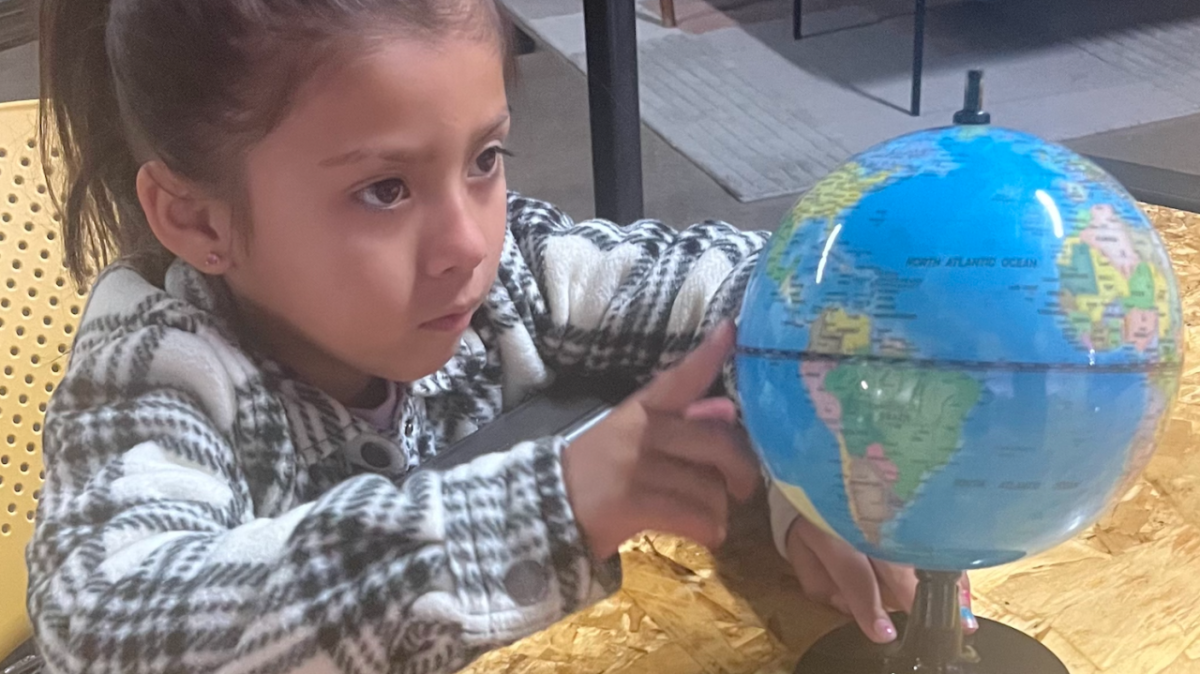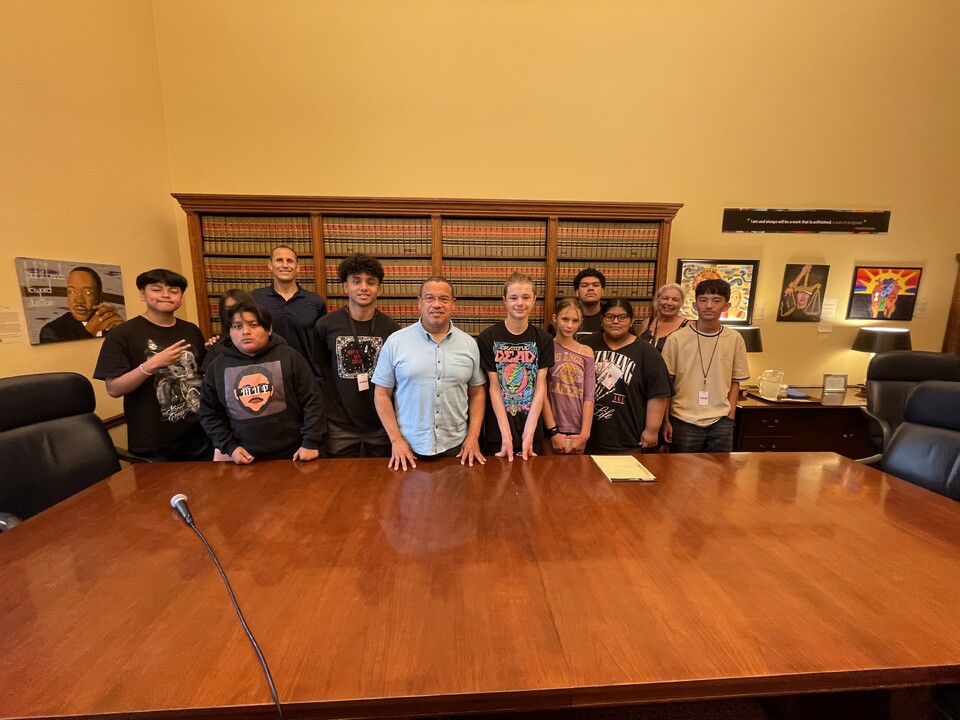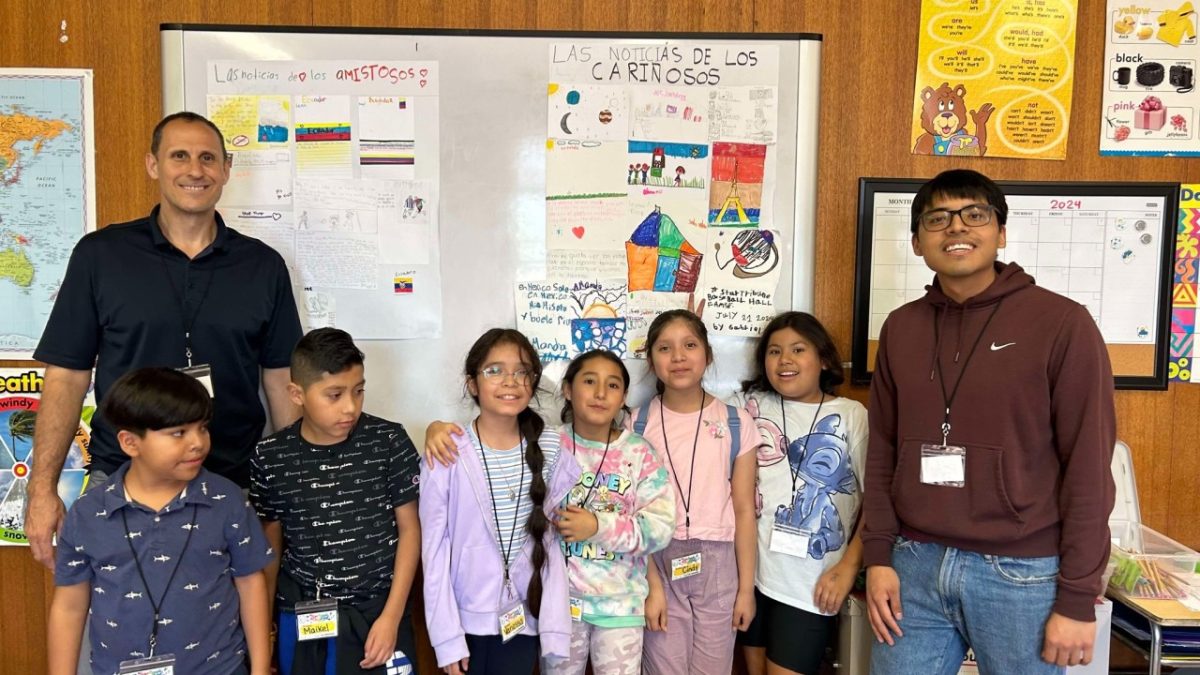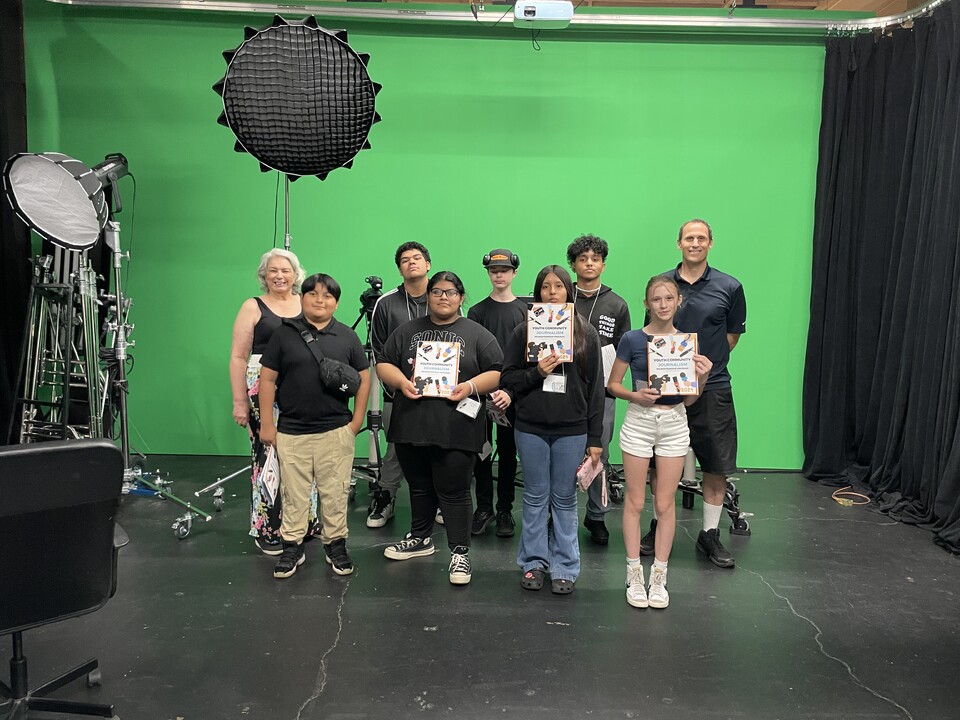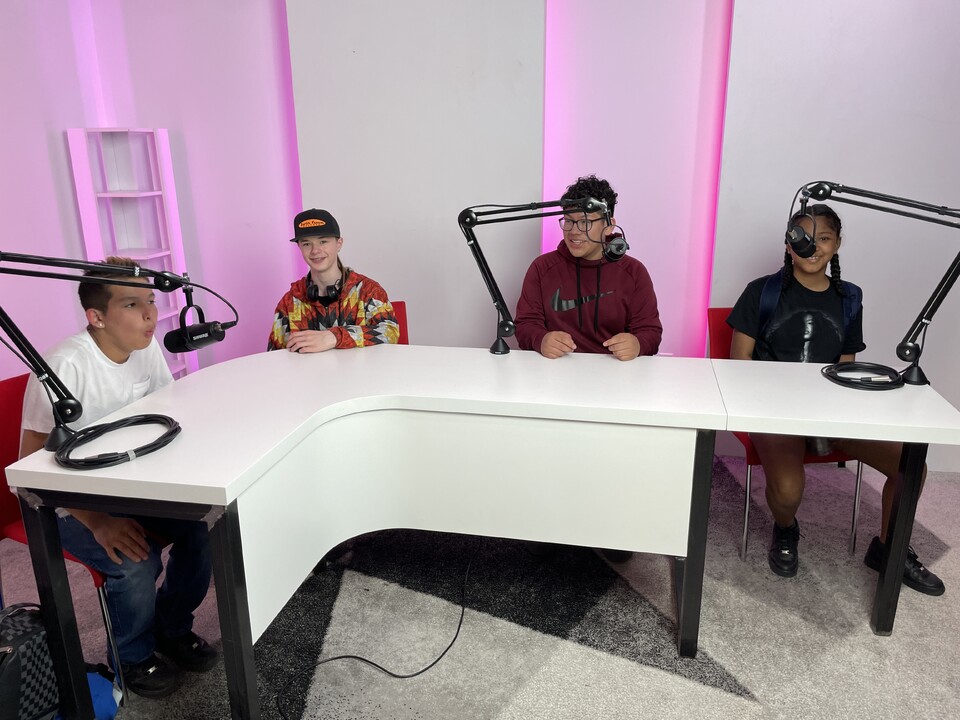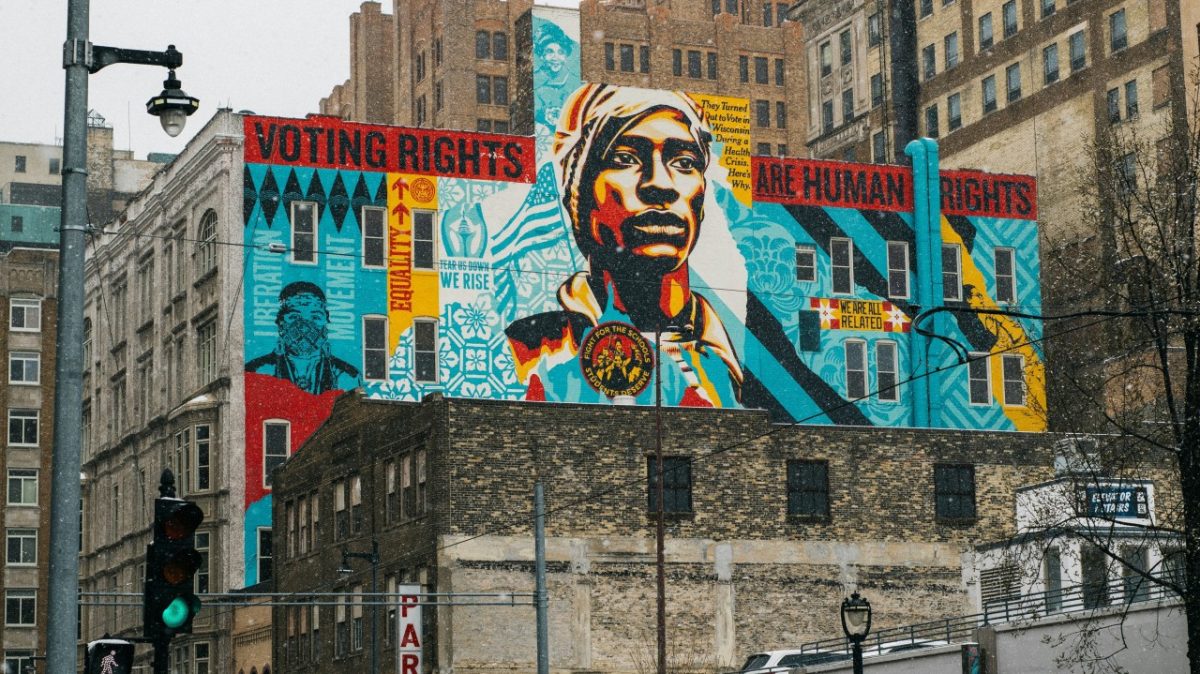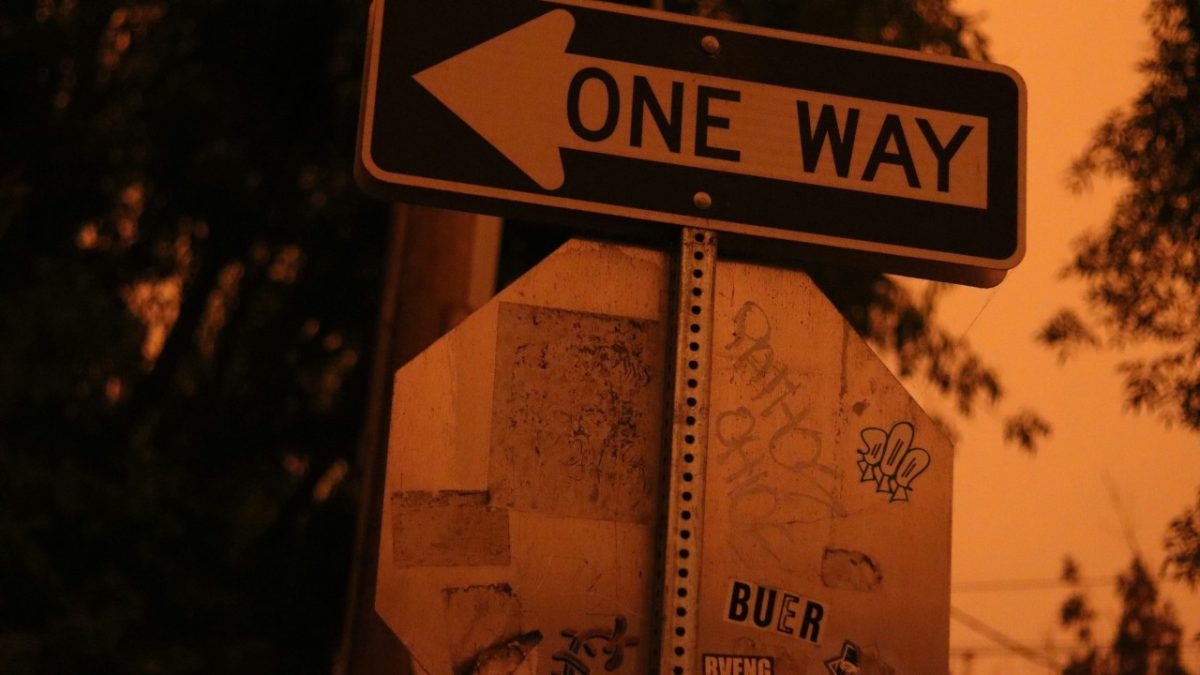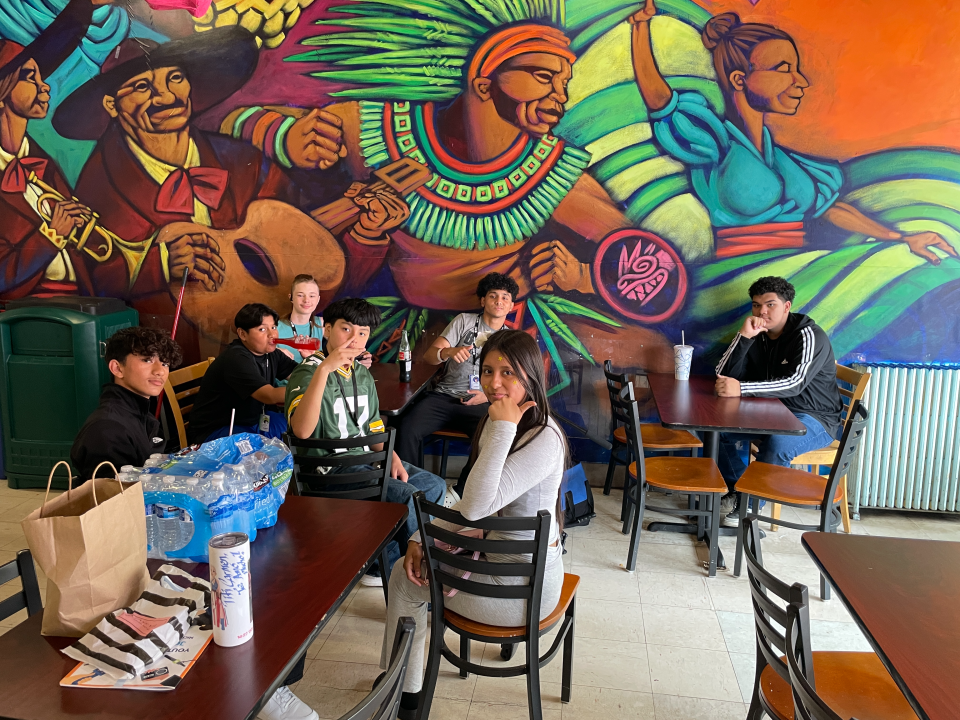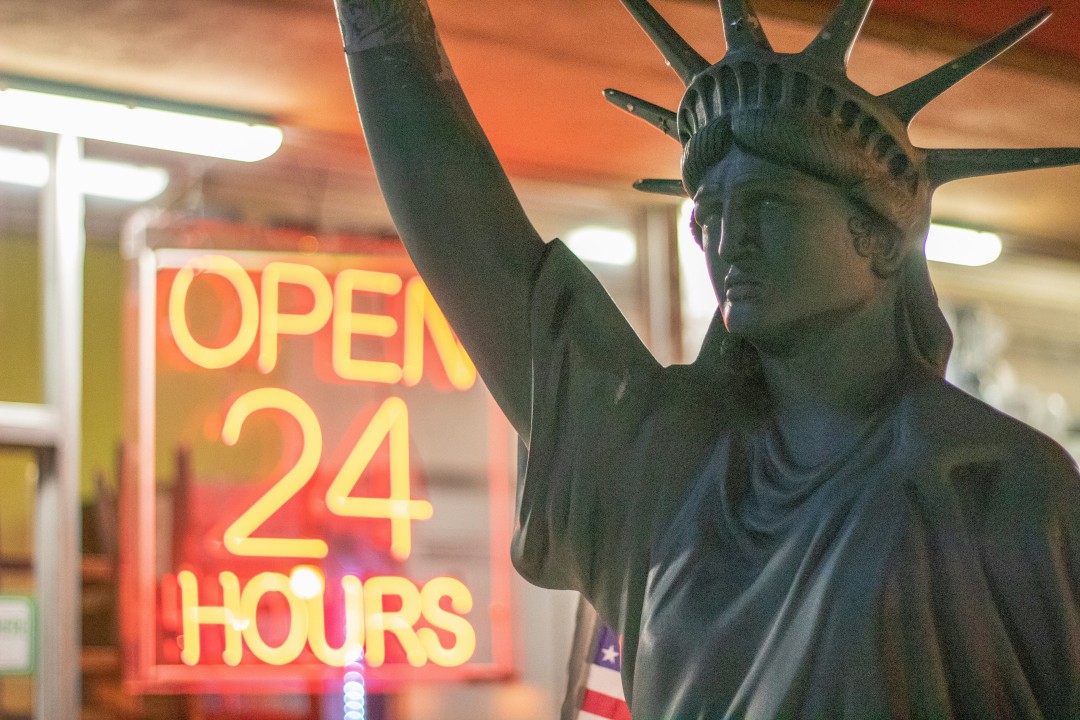Young people don’t have short attention spans. This is a myth.
A recent McKinsey report dispelled the 8-second stereotype:
“Gen Z is infamous for having a short attention span. Young people do love an endless stream of content, and short-form video is king—many spend more than six hours a day watching content on their mobile phones—but it’s not true that Gen Z can only pay attention for eight seconds. For a generation adrift in an overwhelming sea of content, it’s less about paying attention and more about what breaks through the noise.”
The key for young people from Generation Z (born 1997 to 2013) is engagement. You have to interest them. If content is interesting, young people will spend hours engaging with it. In fact, McKinsey found that Gen Zers’ interest in long-form content is stronger than ever.
Those interests include:
✅ Books (yes, books, especially young adult fiction). The #BookTok hashtaghas over 80 billion views and counting.
✅ Deep dives on topics they love. Anything from video game streaming (e.g., esports) to homemade documentaries on offbeat subjects to commentary on sports, movies, and internet gossip.
✅ Long-form ad content. Live-stream shopping events are popular with youth in China and gaining steam around the world.
✅ Real-world issues. Many young people want to make the world a better place and care about the biggest challenges of the day: climate change, health, human rights, violence, education, human migration, sustainability, poverty, water quality, inequality, food insecurity, reducing war, and homelessness.
At the Strong Mind Strong Body Foundation, a youth and community development nonprofit I lead, we have seen the power of engaged youth in many ways. This spring, we piloted a youth community solutions journalism program with middle school students at Ella Baker Global Studies and Humanities Magnet School with Minneapolis Public Schools and Minneapolis Community Education.
One of the students, an eighth grader, wrote a commentary on the problem of rising homelessness for Ella Baker News, the online school newspaper for Ella Baker School.
The article ran in the May Southwest Connector newspaper (page 5), a local newspaper in Minneapolis.
The article also was published on the Southwest Connector website.
The student wrote two more articles about homelessness for Ella Baker News.
What is the city doing about homelessness?
Please stop hurting the homeless
He wants to do more. We are going to help him use journalism as a vehicle to create change.
We want to inspire other Ella Baker students to do the same. We also would like Ella Baker News to be a place where teachers, parents, and the whole Ella Baker community can share their voices and be empowered to create change.
We want to keep promoting the message that every voice matters. We want to give people the tools, resources, and opportunities to use their voices (online, in print, on TV, on the radio, at events) to turn ideas into action.
This is only the beginning.
This summer, we are partnering with SPEAK MPLS (a public media center in Minneapolis) to provide a multimedia community journalism program for young people.
Youth (ages 12-17) will learn the fundamentals of community journalism and get an opportunity to tell stories with video, audio, photos, and text. Students will learn about shooting a live TV show on a studio set, podcasting, editing (video/audio), and reporting in the field. Youth will produce story segments. At the end of our summer program, students will produce a one-hour studio show in front of a live audience that will be broadcast on cable TV channels across Minnesota.
All youth participants will receive a stipend. We will accept 10 students for the program via a simple application process.
I will lead the youth community journalism program with Carmen Robles, a community engagement expert. We are also exploring partnership opportunities with SPNN (Saint Paul Neighborhood Network) SPNN (the public media center in St. Paul, which is celebrating its 40th anniversary this year). Our goal is to show the power of community journalism and how we can use community-centered journalism to create community solutions.
Once the summer program ends, we plan to continue working together with students and have a monthly youth-led show run on cable TV in Minnesota. The show will focus on local issues affecting youth with their perspectives on how to solve them. It will be local news produced by youth for the whole community.
In the fall, we plan to make our community solutions journalism program bilingual (Spanish) and expand it to more Minneapolis middle schools in the 2024-25 academic year.
None of this would have been possible without the support of Ann Heathershaw-Gay (who runs the Beacons and Minneapolis Community Education afterschool program at Ella Baker School), Marion Tizón and Liliana Rodriguez in the Office of Latine Achievement for MPS, Rebecca Smith and James Harris at SPEAK MPLS, and Bonnie Schumacher and Brunsberg, Steveat SPNN.
We will be establishing more partnerships with Lara Rice Bergen, the founder and director of Press Pass NYC, and others to grow stronger. We can accomplish more when we work together.
Collaborations, or partnerships, have many benefits:
Increased productivity
Stronger communication
Better engagement
Bigger audiences
️ Further reach
Increased knowledge
More creativity
More resources
More innovation
More revenue opportunities
With collaboration, we can leverage the strengths and assets of multiple organizations and build an ecosystem of journalism that goes from middle school through young adulthood, giving young people equitable access to journalism skills and opportunities.
There are silos all over the place. We want to help bring people, groups, and communities together, to work together, to make it win-win for everyone.
Today, local journalism has a demand problem. Many people are not interested in the local news that is being delivered. You can’t save an industry with no audience and no demand.
Young people can be a catalyst for solving the demand problem in local news. If we expose students to journalism starting in middle school and continuing through high school, college, and young adulthood, by the time young people graduate, they will be more likely to engage in journalism as readers, sponsors, or journalists.
This effort starts by giving them the training, guidance, and platform for their voices to be heard and ideas to be shared. Then, through intergenerational leadership, we can help put their knowledge into action.
Collaboration and nontraditional partnerships can accelerate the path to a more inclusive, diverse, engaged, and sustainable local news ecosystem. A strong local news ecosystem can lead to stronger, healthier communities.
Local news outlets can collaborate with businesses, schools, community groups, sports teams, musicians, and any other organizations or individuals that are popular with the community. Together, we can create editorial and cultural events.
Any local news organization, anywhere, can do this. But the journalism of tomorrow has to look different from the journalism of today.
We are creating a replicable model that can be tailored to any community to create sustainable newsrooms. Sustainable newsrooms can create a sustainable future.
Identify where the audiences exist and build experiences for these audiences around journalism. Bring people together for “fun,” then create opportunities for change.
Journalism can drive this change and bridge a divided world.
Collaboration is the key.

